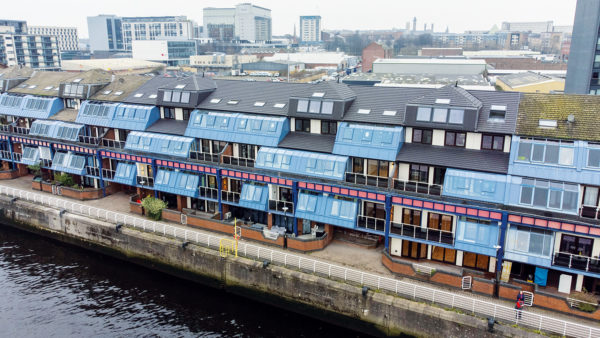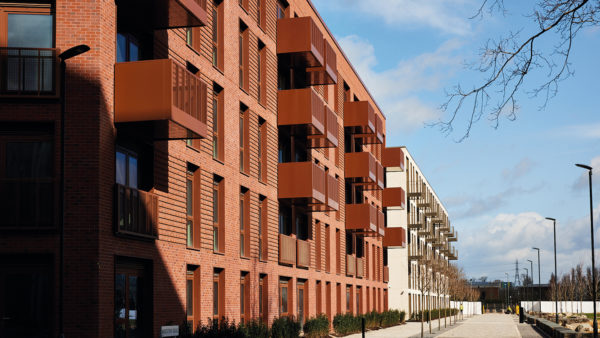
Women in construction: changing the face of the industry (CM, 1 March)
Professional and manual skills
I am delighted to see so many women now getting somewhere at the more ‘professional’ end of the construction continuum.
Sadly the same is not true for women who are keen to work at the manual skills end of the that same continuum, where virtually nothing has changed in the past 50 years, and
women still represent only 2% of the skilled trades workforce.
Andrea Kelmanson
As a long-term supporter of women in construction and engineering, now doing a PhD in music, supporting women composers… this is extremely heartening and best wishes go to each contributor and all women in construction – and music.
Grant Gover
£500m fund to fix 10 million potholes (CM, 15 February)
This is all very well but how many companies know how to fill a pothole? Yes, JCB have produced a machine that they say will repair X potholes an hour but I watched the video and it only was quicker in cutting out the area. You still had to bring in a ‘tack coat’ and then macadam and roll the area.
[In the video] they used a system of heating up the area under consideration, added more tarmac and then rolled that flat to the adjacent areas. There were no joins new to old. From an environmental point of view, it reused existing macadam.
That said, it would be good if we could get a degree of similarity in how we repair potholes because a good percentage of these repairs fail.
Ian Rochez-Maggs
I hope they have now put in place a system which makes it mandatory to state in unequivocal terms whether a material or product has simply passed or failed a specific named/numbered test/certificate. This should be in red or green in large print on all pages of any certificate, report, paper or digitally produced information related to the material or product, including all manufacturers’ literature.
Peter Anderson
The most economic way to solve the problem is to lose our society’s hang-ups on old buildings, tear it down and build a new Parliament building that is “fit for purpose”. There must be acres of space around the country to construct a new Parliament building in a place better suited, thereby bringing our society together.
Stuart Griffiths
The cost is immaterial since the building is the symbolic heart of our democracy, national heritage and history and must survive. As for a new building, just look at the pathetic efforts in Scotland or Wales for examples of what you might get.
Brian Collins
Interserve revives Tilbury Douglas name in rebrand (CM, 2 March)
It’s fantastic to see the [Tilbury Douglas] name re-emerge. I joined Tilbury Construction in 1979 and was sad to see it eventually change to Interserve. The merger with RM Douglas was a great fit, as we were already firm partners in scaffolding and formwork prior to the merger, but I had left by the time Tilbury Douglas was formed, although as a client by then, they were frequently on our tender lists. Welcome back.
Chris Jack
It seems to me that responsibility for site installation should lie directly with the element subcontractor and that they themselves should certify that the work is in compliance with all requirements and manufacturers’ method statements and specifications.
Work sub-elements should not be allowed to progress and be in default and uninsured until these sub-element-specific certificates are checked and also signed off by the main contractor, building control and client’s
agent and insurers.
If certificates were not produced in this way, valuation payments would be stopped and insurance cover would be invalid. This should be strictly applicable
at each stage. Only in this way (from the bottom up), with jobs stalled and payment stopped, would industry sit up and be forced to get its house in order and not hide behind the present recipe of unclear responsibilities under design and build.
Peter Anderson
Provide your own feedback on latest industry issues by posting comments online or by emailing the editor at [email protected]










